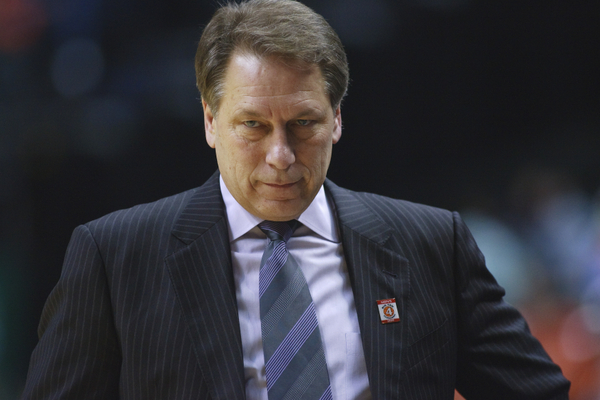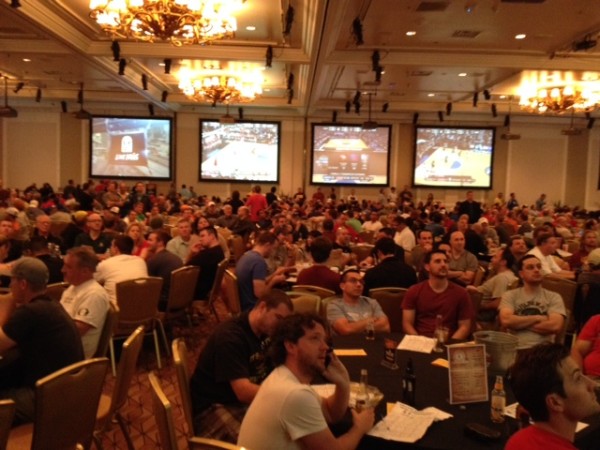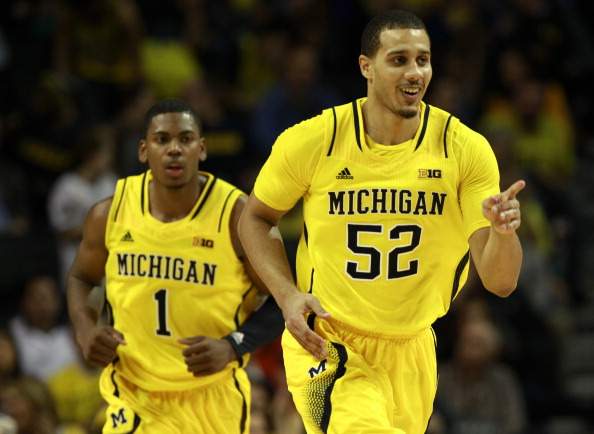Rushed Reactions: #1 Florida 79, #4 UCLA 68
Posted by David Changas (@dchangas) on March 27th, 2014
David Changas (@dchangas) is the NCAA Tournament’s South Region correspondent. He filed this report after #1 Florida’s 79-68 win over #4 UCLA. RTC will be providing wall-to-wall coverage of the Sweet 16 and Elite Eight. Follow our NCAA Tourney specific Twitter accounts at @RTCeastregion, @RTCMWregion,@RTCsouthregion and @RTCwestregion.
Three Key Takeaways.
- Wilbekin Comes Through. Though he struggled for much of the night, when it mattered senior all-American Scottie Wilbekin came through for Florida. Wilbekin shot only 5-of-13 on the night, but finished with several huge buckets down the stretch and showed why he was the SEC Player of the Year. Wilbekin’s ability to lead his team to wins in close games is the difference between this year’s Florida team and last year’s Elite Eight squad. And if coach Billy Donovan has his way, he’ll be a main reason this team takes the next step.
- Michael Frazier can Shoot. For whatever reason, UCLA let the Gators’ best shooter have open looks all evening. Frazier made five of the eight threes he attempted, but the ones that didn’t go in were wide open looks. He finished with a game-high 19 points. Earlier this season, Frazier set a Florida record with 11 threes made against South Carolina, and if the sharpshooting sophomore can continue to make shots from the perimeter, it will be tough for anyone to beat the Gators the rest of the way.
- Gators Dominate the Glass. Despite a relatively poor first half performance that saw Florida get only three points from Wilbekin and nothing from senior center Patric Young, the Gators led by six at the break. This was largely due to keeping UCLA off the boards, particularly on the offensive end. In fact, UCLA had only one offensive rebound in the half, and it was followed immediately by a Florida block. On the night, the Gators out-rebounded UCLA, 40-30, and gave up only eight offensive boards to the Bruins for the game. It allowed Florida to move on despite getting very little offense from Young and his frontcourt mates. Read the rest of this entry »


















































